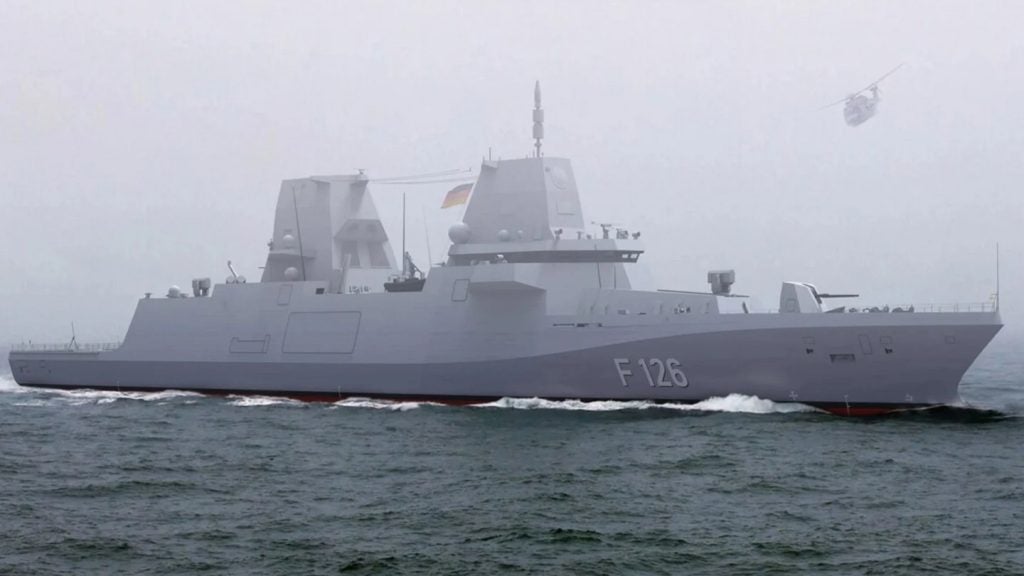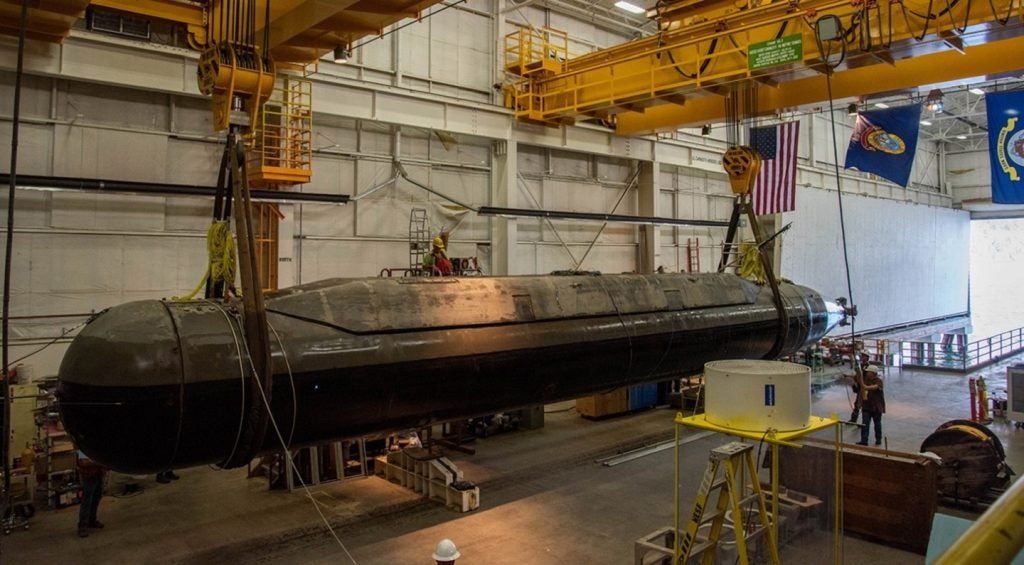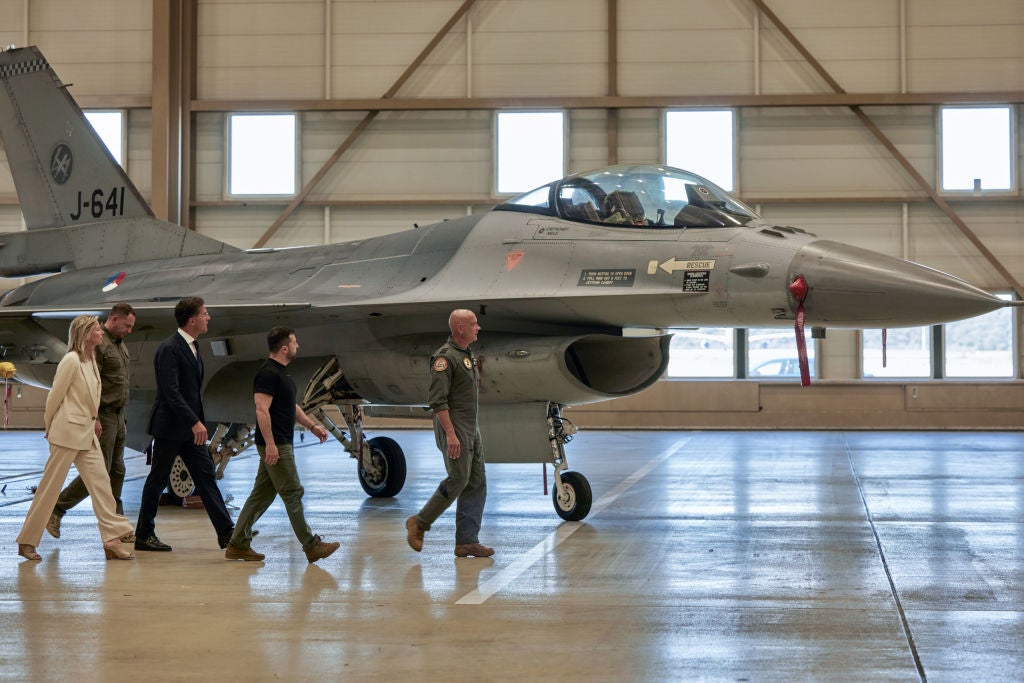Thales will provide satellite communications for the German Navy’s forthcoming F126 frigates through its SurfSAT-L system, previous versions of which are utilised by the French Navy and operators in the Middle East.
The F126 frigates will be the largest in the German fleet and will be capable of operating across a number of different maritime roles, including functioning as a command-and-control centre. According to a mid-February release from Thales, a total of four SurfSAT-L and one land-based training system will be delivered to the German Navy.
The company said that the milestone marked a further step in the deployment of the latest version of the SatCom SurfSAT-L, which is designed to operate in adverse weather and sea conditions, operational combat states, and electromagnetic warfare.
The F126 frigates will be equipped with a very high-power tri-band (Ka mil, Ka civil, X) satellite communications (SATCOM) solution enabling simultaneous transmission on these three frequencies. The system is able to connect to Medium Earth Orbit (MEO) and Geostationary Orbit (GEO) satellites, both military and commercial, for optimal connectivity and extended coverage for the German Navy's F126 frigates.
German Navy’s F126 frigates
Begun in June 2020, the F126 project, awarded to Damen Naval by BAAINBw, is set to build four multi-purpose frigates with an option for two more. In December 2023, Damen cut steel on the first-in-class F126 frigate, which will have a displacement of up to 10,000 tonnes and be the largest warships in the German Navy upon completion.
The first vessel is due to be delivered in 2028, with the final vessel arriving by 2031.
The programme is utilising a large breadth of European and US naval industry systems, including Lockheed Martin’s MK 41 Vertical Launching System, Hensoldt’s TRS-4D naval radar, Rheinmetall’s MLG27-4.0, Leonardo’s 127mm Vulcano main gun system, among a number of other companies.











